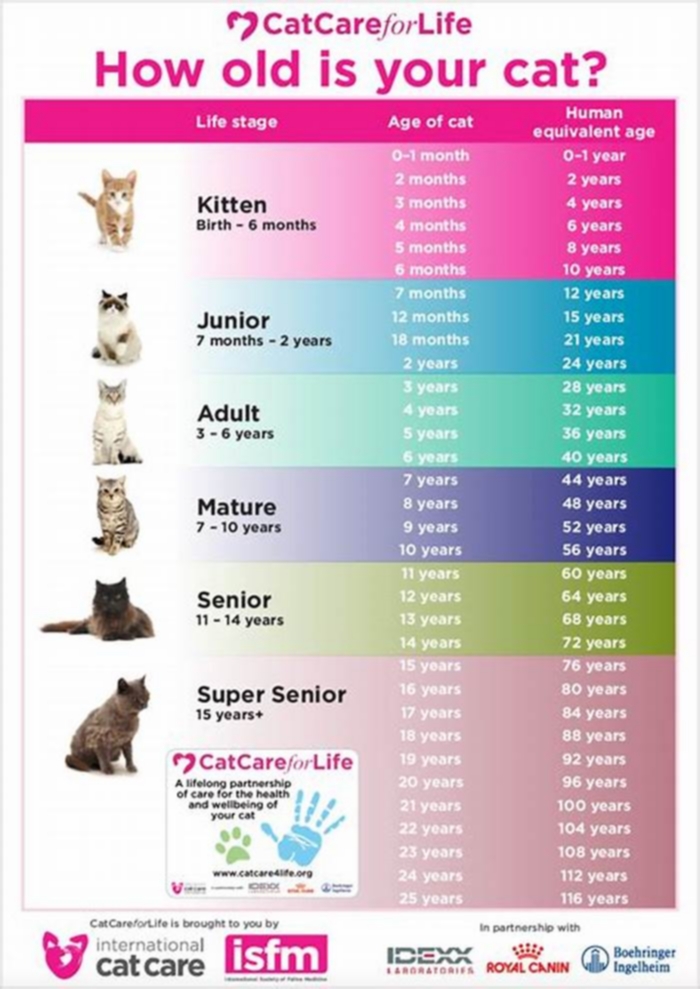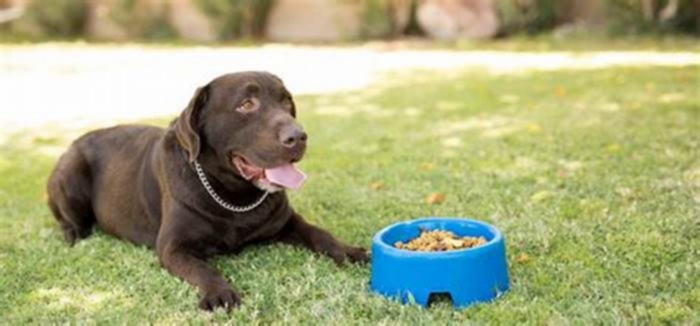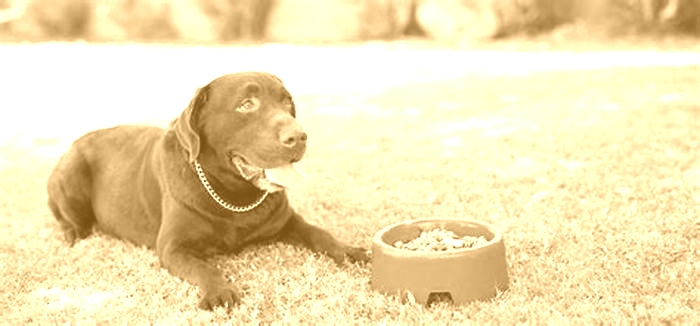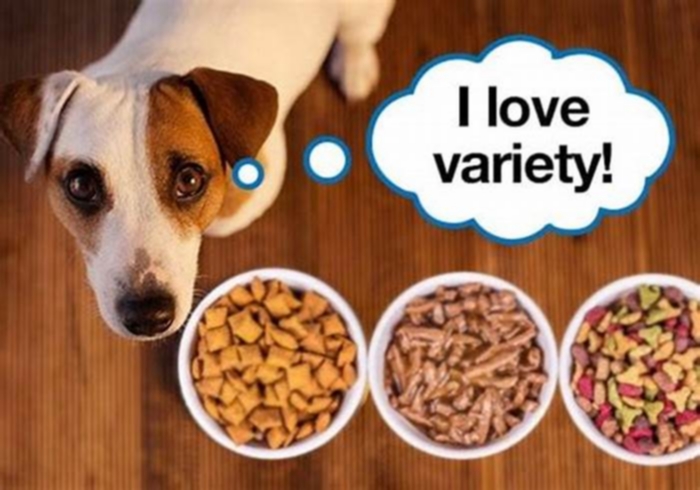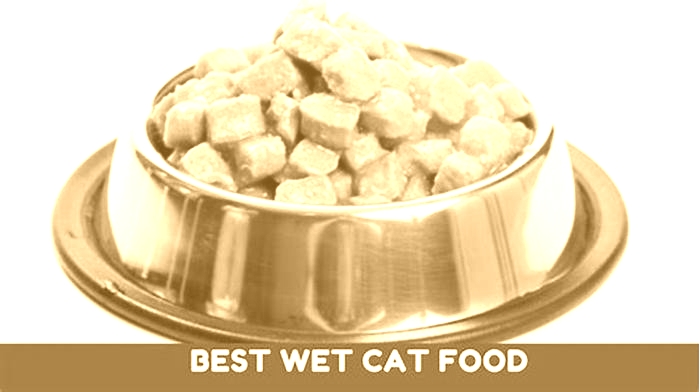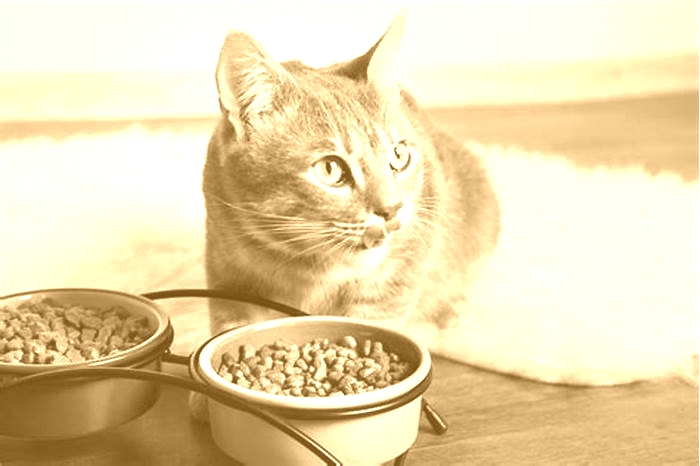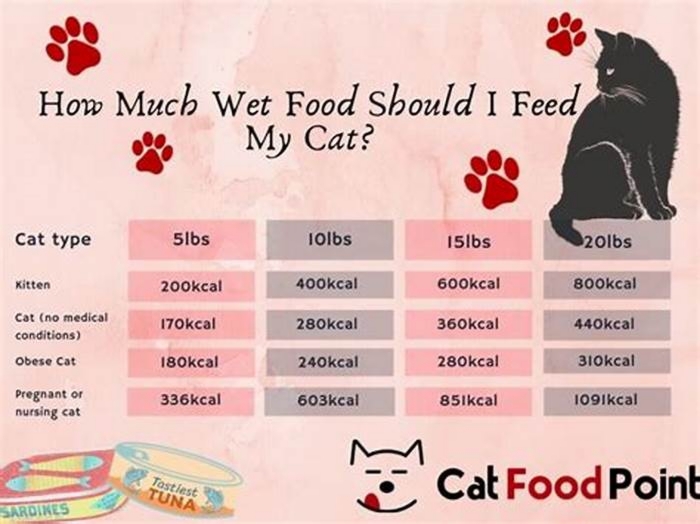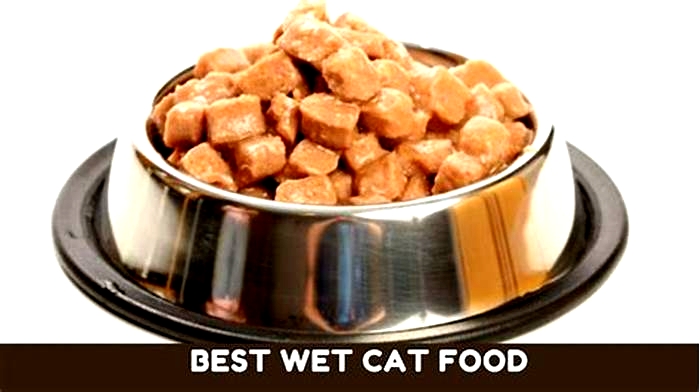Can cats live off dry food only

Is It OK To Give A Cat Only Dry Food?
Updated April 13, 2021
Listen to this rubbish.
If your cat only eats dry food, she is likely to be getting less nutrition than a cat eating wet food. Many low-quality dry foods contain a lot of fillers.
Throwaway lines like these are typical of the overly simplistic advice you find online about feline nutrition. The truth takes a deeper look. To know whether wet, dry or both are best for your cat, we need to talk about:
- nutritional adequacy & completeness
- fillers in wet & dry cat food
- the risk of obesity
- diseases associated with wet & dry foods
- other alternative cat diets
Lets dive in!
Complete vs Unbalanced Cat Foods
The main reason why the opening statement misses the point is that more than half of available wet foods are severely lacking in essential ingredients. Ive listed Aussie examples here and shown you how to tell from the packaging. Therefore, while plenty of good, balanced wet foods exist, if you feed the others, your cat risks suffering a nutritional deficiency.
Dry diets, on the other hand, are almost always balanced for all essential nutrients. If you then feed an unbalanced wet food with these, it generally doesnt matter so much. And yes, for nutritional completeness you can just feed a dry diet. But that still isnt the whole story.
Fillers In Cat Food
Now lets clear up some myths about fillers. By this, most people mean carbohydrates from grain sources. Here, three things are clearly true:
- High levels of carbohydrate in cat foods are not natural
- Despite this, most cats tolerate high levels of carbohydrate
- Many wet foods are as bad as dry foods
I have written before about the problematic levels of carbohydrate in cat foods, and Im not going to make any excuses for the companies. However, despite being a vet who regularly trials sick cats on low carbohydrate diets, its actually rare that I get a positive response.
Similarly, theres no evidence that high carb levels are by themselves dangerous to cats. And before going on, I want you to notice that most dry diets sold as grain-free have just swapped the carbs out for another source, such as sweet potato. This is marketing, not nutrition.
So lets relax a bit about carbs. While not great, theyre mostly a minor evil. If you still want to feed a low carb diet, and why wouldnt you, Ive made a list of carbohydrate levels in Australian wet cat foods. Theres an online calculator you can use if your food isnt listed.
Do Dry Foods Cause Obesity?
If you research the risk factors for feline obesity, youll find that dry foods dont get a mention. So the answer is no. Instead, its much more important how you feed.
The reason dry foods get such a bad name is that they are so often left out for a cat to graze on. This whole concept of free feeding is severely frowned upon by vets, because very few cats can be trusted to regulate their food intake.
Click here for advice on converting a free feeder to accepting timed regular meals. Once you do it, youre at least three-quarters of the way to fixing feline obesity.
Disease Risks With Wet vs Dry Foods
There are only two evidence-based risks based on the food type.
Firstly, lower urinary tract disease in cats is more common on dry diets. These are the cats that get cystitis regularly, or have urinary obstructions. If a cat starts showing symptoms, I will always recommend a wet-only diet. However, as less than 5% of cats experience this problem, my opinion is that this advice doesnt need to apply to all cats.
Dental disease, on the other hand, is more common on wet foods. However, the difference, while real, is small. Where it gets significant is when you choose the dry dental foods made by Hills or Royal Canin. These can be extremely effective in preventing tooth and gum disease.
Any other diseases you might read about are only in the authors overly fertile imagination. That includes diabetes, liver, gastrointestinal and skin diseases. And in all the years of performing wellness blood testing, I have yet to find a healthy cat thats dehydrated just from eating dry foods.
Alternatives To Commercial Cat Foods
What about following some of the advice that says you can make a raw diet for your cat instead?
When I read this I get very, very cross. Cats arent little dogs. Theres almost no way a normal person without specialised training and equipment can make a reliably balanced cat food.
You can either have a cat literally eating wild foods, or you have to accept the safety of manufactured cat foods. The only in-between might be found on my recipe for a wild-type cat diet which takes a bit from each. However, like all compromises, it wont satisfy everyone.
So Are Wet Or Dry Diets Better?
The reality that for most cats, a 100% dry diet will be perfectly adequate, and no reason to feel guilty. I recommend spending as much as you can, as its clear that urinary problems go down as quality goes up. I also need you to understand feline water needs.
Dry foods are incredibly convenient, which is why I rely on one for my kitty (thats him here). However he also gets cat grass, a raw chicken neck a day, and as you can see I keep his weight under control. All these factors increase my sense of security.
You may feel guilty and want to add a tasty wet food, and in theory thats OK. My complaint is that when people who already choose a high quality dry get a wet food, its often a low quality one. Thats because wet foods need to be bought frequently, and so most people get them with their supermarket shop.
In the end, if the quality of your wet and dry cat foods are similar, it makes very little difference which one you choose.
Related: Supermarket vs Pet Store: Whats The Difference?
Have something to add? Comments (if open) will appear within 24 hours.By Andrew Spanner BVSc(Hons) MVetStud, a vet in Adelaide, Australia. Meet his team here.
Wet Or Dry Can Cats Eat Just Dry Cat Food? Can Cats Live On Dry Food? Is It OK To Eliminate Wet Cat Food Completely And What To Feed My Cat Or Kitten GUIDE
Its a common question asked by cat owners everywhere: can cats eat dry food? The answer, in short, is yescats can safely eat dry food. In fact, dry food has a number of benefits for cats, including promoting dental health and helping to control weight.

However, its important to choose a high-quality dry food that is designed specifically for cats, as not all dry foods are created equal.
Can Cats Eat Dry Food?
There are a number of benefits that come with feeding your cat dry food. Perhaps most importantly, dry food helps to promote dental health by scrubbing your cats teeth as they eat. This is due to the crunchy texture of the kibble, which works like a toothbrush to remove plaque and tartar buildup from your cats teeth.
In addition, dry food is easier to store than wet canned food and does not require refrigeration. Plus, many dry cat food brands now offer special veterinary formulations for specific dietary needs, such as hairball control, weight management or urinary and kidney disease.
When choosing a dry cat food, its important to look for a product that is made with high-quality ingredients and contains at least 20% protein.
The proteins in the food should come from animal sources, such as chicken, turkey or fish, rather than plant-based sources like corn or soy. In addition, the food should be free of artificial flavors, colors, and preservatives.
Its also a good idea to avoid pet food by-products or meal, as these are typically low-quality ingredients that provide little nutritional value for your cat.
Once youve found a few products that meet these criteria, you can narrow down your choices by considering your cats individual needs. For example, if your cat is prone to hairballs, you may want to choose a food that contains added fiber to help eliminate them.

What Are the Main Differences Between Wet Cat Food and Dry Cat Food?
The main difference between wet food and dry food is moisture content. Wet food is composed of approximately 75-85% moisture, while dry food contains around 10% moisture.
This means that wet food is closer to a cats natural diet, as cats in the wild typically consume foods that are around 70% moisture. Wet food is also higher in protein and lower in carbs than dry food.
Another difference between wet and dry food is the way it is processed. Wet food is usually cooked at low temperatures to preserve its nutrients and flavor.
Dry food, on the other hand, is cooked at high temperatures, which can cause it to lose some of its nutrients. In addition, dry food goes through a kibble-making process, which can further degrade its nutrients.
Dry cat food is typically less expensive than wet cat food and its easy to store. Dry food also tends to have more calories and a higher carbohydrate content than wet food, which can be beneficial if your cat is a little on the heavy side.
On the downside, some cats may not get enough moisture from dry food, which can lead to dehydration. If you do feed your cat dry food, be sure to provide plenty of fresh water at all times.
Wet cat food tends to be more expensive than dry cat food and it doesnt keep as well. However, wet food usually has a higher protein content than dry food and it also contains more moisture, which can be helpful for cats who dont drink enough water.
Wet food can also be easier for cats with dental problems to eat since its softer than dry kibble.

What Should I Do if My Cat Refuses to Eat Wet Food?
If your cat not eating wet food anymore, there are a few steps you can try. Firstly, make sure there are no dental issues or health problems causing the change in appetite. Experiment with different flavors and textures to entice your cat. Mixing a small amount of wet food with dry food might also help transition your pet. Lastly, consult your veterinarian if the issue persists.
Is Dry Or Wet Food Better For Cats? (Canned Vs Dry Food).
There is no clear winner when it comes to the debate over dry versus wet food for cats. Each type of commercial cat food has its own set of pros and cons that youll need to consider before making a decision about whats the right food for your cat.
Ultimately, the best choice for your cat is the one that is specially formulated to meet their individual dietary needs and preferences while also fitting into your budget and lifestyle.
Dry Food Pros:
- Dry food is less expensive than wet food.
- Dry food does not require refrigeration.
- Cats who eat dry food have less risk of developing urinary problems.
- Dry food can be left out during the day for longer, so cats to eat on their own feeding schedule.
- Cats who eat dry food tend to have less plaque and tartar buildup on their teeth.
- Dry foods come in a variety of flavors and formulations to meet your cats needs.
Dry Food Cons :
- Cats who eat only dry food need to drink more water to stay hydrated.
- Some brands of dry food are high in carbohydrates, which can lead to weight gain.
Wet Food Pros:
- Wet food has higher water content than dry food, which is important for cats who dont drink enough water.
- Wet foods are generally higher in protein than dry foods.
- Wet foods can be a good choice for cats who need to lose weight because they tend to be lower in calories than dry foods.
- Wet foods often smell and taste better to many cats than dry foods, making them more likely to eat them when theyre sick or picky.
Wet Food Cons:
- Wet foods are more expensive than dry foods.
- Wet foods must be refrigerated and used within a few days of opening the can or tub.

Should I Feed My Cat Both Wet And Dry Cat Food?
It can be tricky to determine how much dry and wet cat food to feed your cat. After all, every cat is different and has different dietary needs. In general, though, most experts recommend feeding your cat a mix of dry and wet food.
There are a few reasons why its generally recommended that you feed your cat a mix of wet and dry food. For one thing, feeding dry food is typically cheaper than wet food, so feeding your cat a mix of the two can help you save money. Additionally, dry food can help keep your cats teeth clean and healthy.
That being said, there are also several benefits to feeding your cat wet food: wet food is typically higher in protein than dry matter, which is important for cats who are particularly active or who are prone to weight gain.
Additionally, wet food can help keep your cat hydrated, which is especially important in hot weather or if your cat doesnt drink a lot of water water intake is important, especially for indoor cats, as they have tendency to get urinary infection.
We already covered it prons and cons above, so you make a choice based on that
A good rule of thumb is to feed them two-thirds dry food and one-third wet food. Of course, this may vary depending on your individual cats needs; if youre unsure, its always best to consult with your veterinarian.
Some cats do fine on a dry diet, while others need wet cats food to stay healthy & some doing really well when they get mixture of wet and dry food.

If your cat is particularly active or has a health condition that requires a special diet, your vet will be able to recommend the best option for them with all te essential nutrients.Theyll be able to give you personalized recommendations and offer some health cat food based on your cats age, activity level, and overall health.
Frequently Asked Questions
Do Kittens Need Wet And Dry Food?
The main difference between wet and dry cat food is the water content. Wet food contains a higher percentage of waterbetween 70 and 80 percentwhile dry food contains less than 10 percent. Water is an important part of a cats diet, so feeding them wet food ensures that theyre getting enough.
Another difference is the calorie content. Dry food typically has more calories per serving than wet food. This is because dry food is less dense since it doesnt contain any water. Kittens need more calories than adults cats to grow, so if youre feeding them dry food, theyll need to eat more amount of foods to meet their daily caloric needs.
Canned food contains usually a higher protein percentage than dry food. Protein is essential for kittens because it helps them build strong muscles and bones. Its also important for their immune system health.

If you choose to feed your kitten only dry food, be sure to pick a formula thats high in protein and has added vitamins and minerals to make up for the lack of moisture.
So, do kittens should eat canned food or dry food? If you can afford it, the best option is to feed them both. That way, theyre getting all the nutrients they need to grow into healthy cats. If you can only afford one or the other, opt for wet canned diet over dry food.
Kittens who eat nothing but dry food are at risk for developing health problems like obesity and dehydration later on in life.
Is It OK For Kittens To Eat Dry Food Only?
There are some drawbacks to feeding dry food only. For example, dry food doesnt have as much moisture as wet food, which means that kittens who eat dry food only may be at risk for dehydration.
Additionally, kittens who eat dry food only may not get all the nutrients they need if they dont also consume wet food or supplements.
Why Wont My Cat Eat Kibble?
Just like people, cats have their own unique preferences when it comes to food and some cats dislike any form of dry food. If your cat doesnt like the taste or texture of kibble, theres not much you can do about it except try a different brand or flavor.
Your cat is used to eating wet food diet. If your cat has always eaten wet food, she may not be willing to switch to kibble. In this case, you might need to slowly transition her by mixing wet and dry food together and gradually increasing the amount of kibble.
Your cat is used to free-feeding. Free-feeding is when food is left out all day and cats can eat whenever they want. If your cat is used to this, she may not be willing to eat at set mealtimes.
Youll need to be patient and persistent with her and make sure she knows that there will be no more free-feeding once she starts eating kibble.

Your cat is seeking attention. Sometimes, cats will refuse to eat in order to get attention from their owners. If you think this might be the case, try ignoring your cat when she begs for food and only give her attention when shes eating her kibble. With patience and a little bit of effort, you should be able to get your finicky feline friend to start eating kibble in no time!
Is It Bad If My Cat Wont Eat Dry food? Can Cats Live On Dry Food Only?
Its estimated that around 30% of cats in the United States are fed a diet of exclusively dry food. While there are some benefits to feeding your cat dry food such as the lower cost and the convenience of not having to store wet food there are also some drawbacks (we covered them already).
In most cases, its best to feed your cat a mix of both dry and wet foods to ensure theyre getting all the nutrients they need for optimum health. If you do decide to feed your cat a diet of only dry foods, just be sure to closely monitor their health so you can catch any potential problems early on.
Why Has My Cat Stopped Eating Dry Food But Eats Treats?
It can be worrisome when our pets stop eating the food weve been feeding them. We may think something is wrong, or that they dont like the food anymore. If your cat has stopped eating their dry food but still gobbles up treats, there could be a few reasons why.
First, its important not to worry too much. Changes in appetite are common in cats, and usually nothing to be concerned about. Cats are notoriously finicky eaters, and their palates can change from day to day (or even meal to meal). If your cat is otherwise healthy and happy, theres no need to panic.
There are a few possible explanations for why your cat might have lost interest in their dry food. One possibility is that the food has gone stale. Cats can be sensitive to changes in taste and smell, so even if the food is still technically edible, your cat may have lost their appetite for it.
This is especially likely if the food has been sitting in their bowl for a while before being eaten so next time make sure it doesnt stay for too long. Another possibility is that your cat is simply bored with their food. Cat needs some variety too, so best for your cat if you shake things up from time to time.
This isnt uncommoneven humans get tired of eating the same thing day after day!and its easy to see how our finicky feline friends can feel the same way.

Fortunately, there are a few things you can do to help entice your cat back to their dry food. Start by giving them fresh food every day, and checking the expiration date on the bag to make sure its still good.
You can also try adding some wet food or chicken broth to dry food to make it more appealing. Some cats also like their food warmed up slightly; you can microwave it for a few seconds or put it in a zip-top bag and warm it up in hot water.
Lastly, consider getting a new type of dry food altogether; there are many different flavors and brands available, and your cat may find one they like better than their current food.
Can Cats Get Addicted To Flavor Enhancers In Dry Food?
Dry cat food mayinclude flavor enhancers in order to make it more palatable for cats. The most common flavor enhancers used in dry food are glycine, L-methionine, taurine, L-tryptophan, and chicken fat.
While these ingredients are safe for cats in moderation, they can be addictive if your cat eats too much of them. Signs that your cat may be addicted to flavor enhancers include excessive eating, weight gain, and begging for food.
If you suspect that your cat is addicted to flavor enhancers, talk to your veterinarian about switching to a new food or limited ingredient dry food.
Is Dry food Full Of Fillers?
What are Fillers?
Fillers are ingredients that are used to bulk up food and are generally considered to be of little nutritional value. In other words, theyre basically empty calories. The most common type of filler used in pet food is grain. Some examples of grains often used as fillers include wheat, corn, and soy.
Why Do Manufacturers Use Fillers?
The main reason manufacturers use fillers in pet food is because they are cheaper than using more high-quality ingredients. In addition, fillers help extend the shelf life of pet food and make it easier to process. Unfortunately, these benefits do not outweigh the drawbacks.
Are There Any Downsides to Feeding My Cat Food with Fillers?
Yes, healthy cat food should not include fillers, as there are several downsides to feeding your cat food that contains them. First and foremost, as we mentioned before, fillers provide little to no nutritional value.

This means that your cat is not getting the nutrients it needs from its food, which can lead to health problems down the road. Additionally, filler-based foods tend to be less palatable for cats, which can result in poor eating habits and weight gain.
Finally, some types of grain (e.g., wheat) can trigger allergies in some cats. Allergies can cause a host of problems, including digestive issues, skin problems, and respiratory distress.
Why Dry food Is Not A Natural Diet?
Animals in the wild do not eat dry food
The first and most obvious reason why dry food is not a natural diet for your pet is that animals in the wild do not eat dry food. In fact, they would not even recognize it as food! Wild animals consume a diet of fresh, whole prey meat, organs, bones, and all. The diet formulated like that provides them with all the nutrients they need to stay healthy and fit.
Cats are carnivores, not omnivores
Another reason why dry food is not a natural diet for your pet is that cats are carnivores cats require meat to survive.
This means that their bodies are designed to digest and utilize protein from animal sources much more efficiently than carbohydrates from plant sources. In fact, too many carbs in a carnivores diet can lead to obesity, diabetes, and other health problems.
The majority of dry pet foods on the market today are made primarily from plant-based ingredients like grains, rice, corn, and soy. These ingredients are used because they are cheap fillers that help to bulk up the food.

However, they provide very little nutrition for your pet and can actually be detrimental to their health in the long run.
Dry food is processed and often contains harmful chemicals
Another reason to avoid feeding your pet dry food is that it is highly processed and often contains harmful chemicals like artificial preservatives, colorings, and flavorings.
These chemicals can cause allergies, skin problems, digestion issues, and other health problems in dogs and cats. Additionally, the high-heat processing of dry food destroys many of the essential nutrients that are essential to your pets health.

